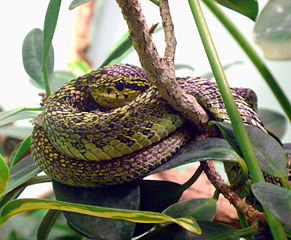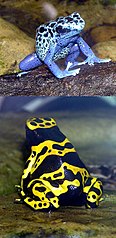Over 200 species of amphibians have become extinct in the last 30 years, a crisis looms for Asian turtles, and recent studies suggest global declines in snake and lizard populations (please see this article). Conservationists in the USA should feel somewhat optimistic about native species, because the Endangered Species Act (ESA) has prevented the extinctions of 99.9% of the species listed. But the “listing” process leaves much to be desired. Many reptiles and amphibians that are eligible for protection under the ESA languish on waiting lists…for over 30 years in the case of some, such as the Dune Sagebrush Lizard! Shockingly, at least 42 other native species became extinct during that same period!
Private reptile and amphibian keepers can also play a role in conservation. Whether through breeding, volunteering or following a career in herpetology, there is much that we can do. Please see the articles linked below (Further Reading) for detailed information. Read More »
 That Reptile Blog – Reptile, Amphibian and Exotic Pet Care and Information
That Reptile Blog – Reptile, Amphibian and Exotic Pet Care and Information




